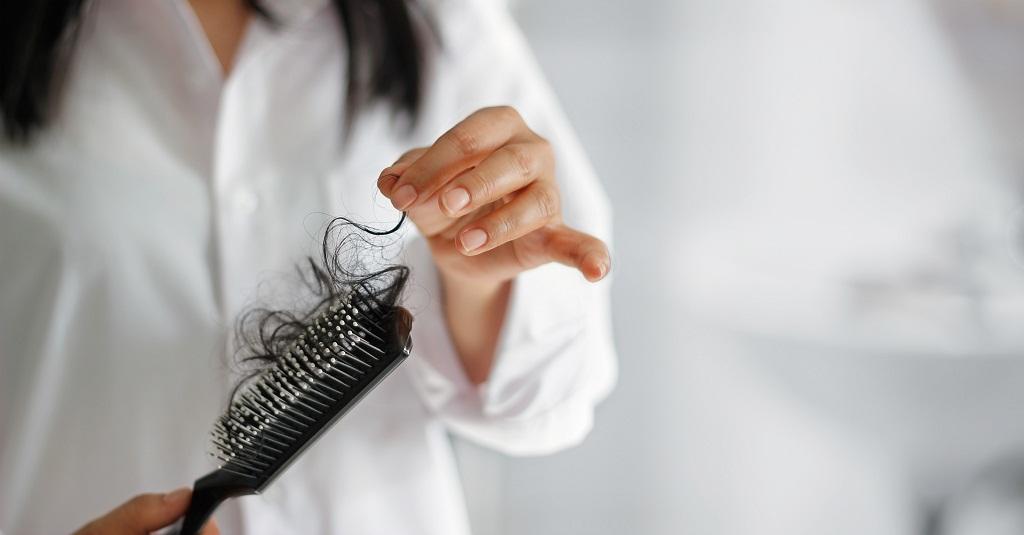As parents, we are constantly monitoring our teenagers' health and well-being. So, when we notice changes in their physical appearance, like hair fall, it can be a cause for concern. While some degree of hair shedding is normal, excessive hair loss in teenagers can be distressing and may indicate an underlying issue. In this blog, we will discuss when teen hair fall is a cause for concern and when it's time to seek professional help.
Normal Hair Shedding vs. Excessive Hair Loss
Before jumping to conclusions, it's essential to understand the difference between normal hair shedding and excessive hair loss. On average, individuals shed about 50 to 100 hairs per day, which is considered normal. Hair loss becomes a concern when the shedding exceeds this range or when it leads to visible thinning or bald patches.
Common Causes of Teenage Hair Fall
Several factors can contribute to hair fall in teenagers:
- Hormonal Changes: During puberty, hormonal fluctuations can affect hair growth cycles, leading to temporary hair shedding.
- Nutritional Deficiencies: Poor eating habits and lack of essential nutrients like iron, zinc, and vitamins can impact hair health.
- Stress and Emotional Factors: Academic pressure, social changes, and emotional stress can trigger or exacerbate hair loss in teenagers.
- Hairstyles and Hair Products: Tight hairstyles or excessive use of chemical-laden hair products can damage the hair and lead to breakage.
- Underlying Medical Conditions: Certain medical conditions like thyroid disorders or polycystic ovary syndrome (PCOS) can contribute to hair loss.
When to Seek Professional Help
If you notice significant hair loss in your teen, it's essential to assess the situation and consider seeking professional help. Here are some signs that indicate it's time to consult a healthcare professional or a dermatologist:
- Sudden and Severe Hair Loss: A sudden onset of excessive hair shedding should not be ignored and warrants medical attention.
- Visible Thinning or Bald Patches: If your teen develops visible thinning areas or bald patches on the scalp, it's time to seek help.
- Hair Loss Spreading to Other Body Parts: If hair loss extends beyond the scalp and affects other body areas, professional evaluation is necessary.
- Family History of Hair Loss: If there is a family history of early-onset hair loss, it's prudent to have your teen evaluated.
- Other Symptoms: Pay attention to other signs of potential health issues, such as fatigue, weight changes, or changes in the skin.
What to Expect During the Consultation
When you seek professional help for your teen's hair loss, the healthcare provider will conduct a thorough evaluation, which may include:
- Medical History: The doctor will inquire about your teen's medical history, family history of hair loss, and recent changes in lifestyle.
- Physical Examination: A careful examination of the scalp and hair will be performed to assess the extent and pattern of hair loss.
- Blood Tests: Blood tests may be ordered to check for nutritional deficiencies, hormone levels, and other potential underlying causes.
Treatment Options
The appropriate treatment for teenage hair loss depends on the underlying cause. In some cases, simple lifestyle changes, such as improving nutrition and managing stress, may be sufficient to address the issue. In other cases, targeted treatments like topical medications, oral medications, or specialized therapies may be recommended.
Conclusion
Teenage hair fall can be concerning, but it's essential to approach the situation calmly and rationally. Understanding the difference between normal hair shedding and excessive hair loss is crucial. If you notice signs of significant hair fall, visible thinning, or bald patches, it's time to seek professional help. A healthcare provider or a dermatologist can conduct a thorough evaluation and provide appropriate guidance and treatment options based on the underlying cause. Remember, timely intervention can help your teen regain their confidence and maintain healthy hair as they navigate through the challenges of adolescence.
From Bumps to Bald Spots: Managing Hair Loss After Pregnancy
Understanding Trichology: The Science of Hair and Scalp Health
